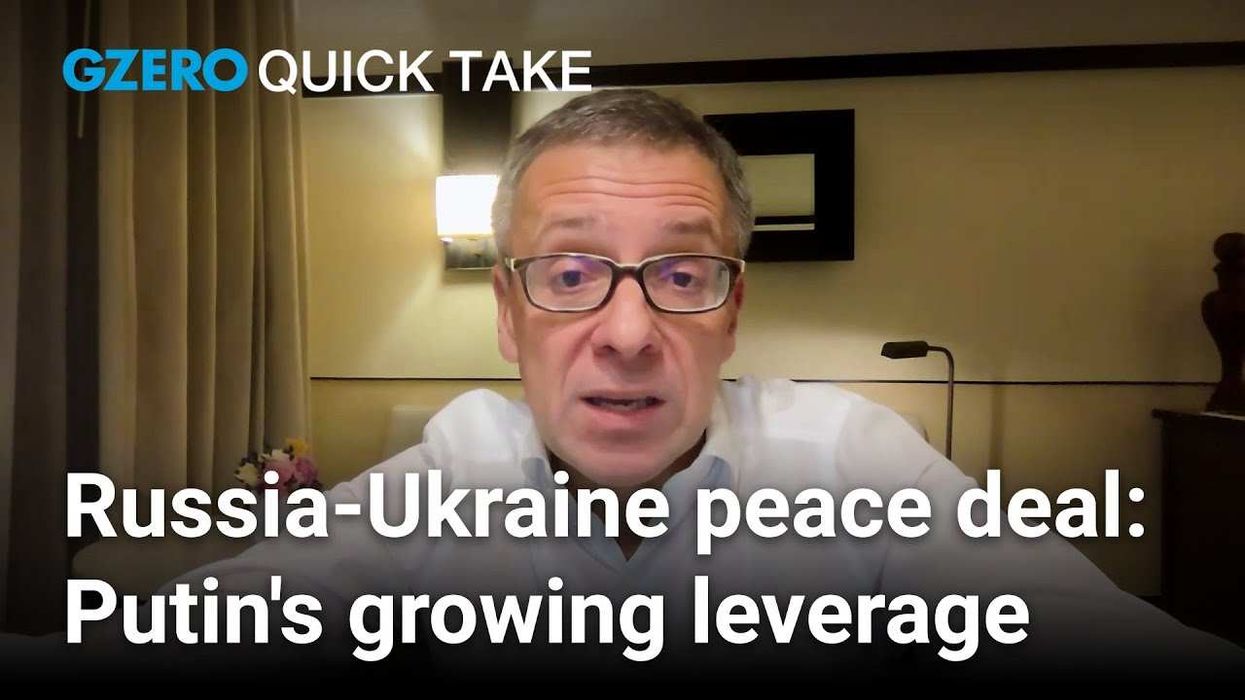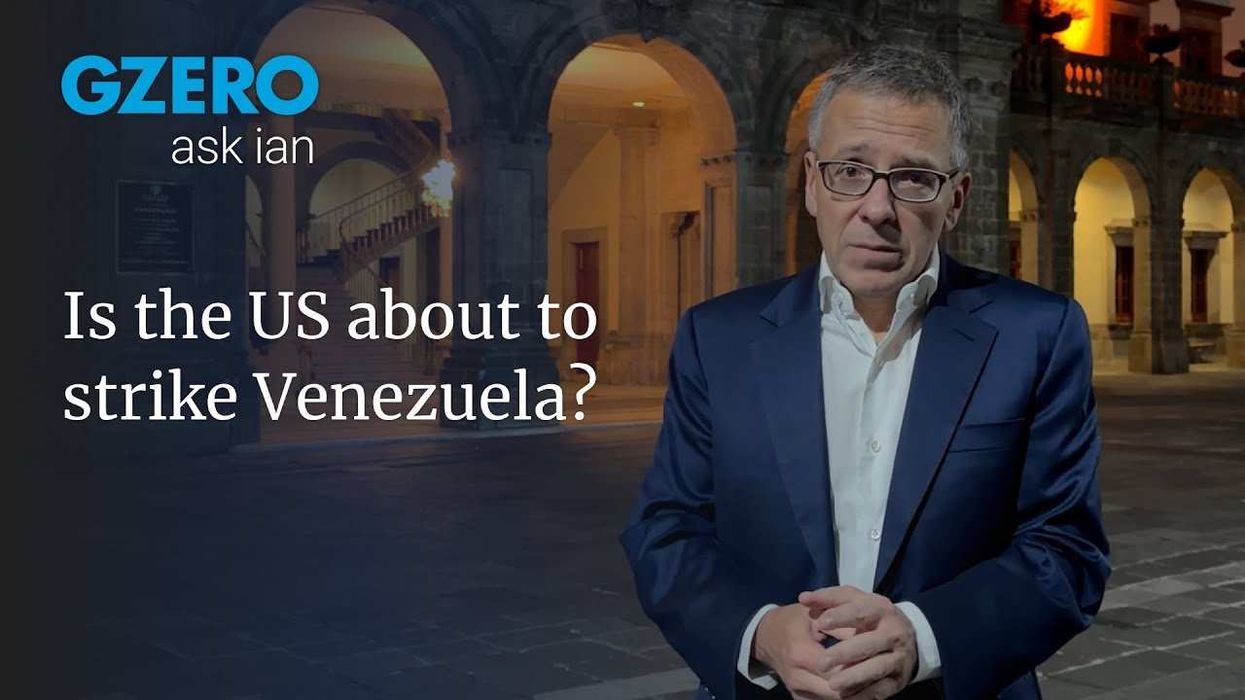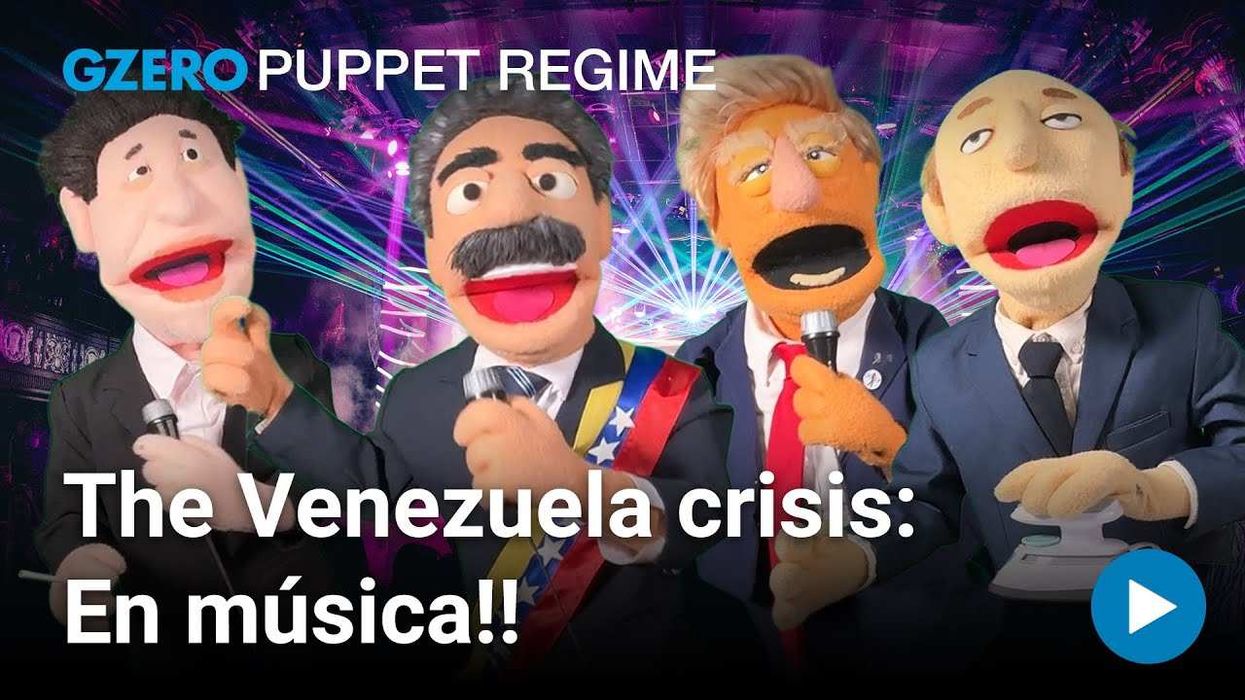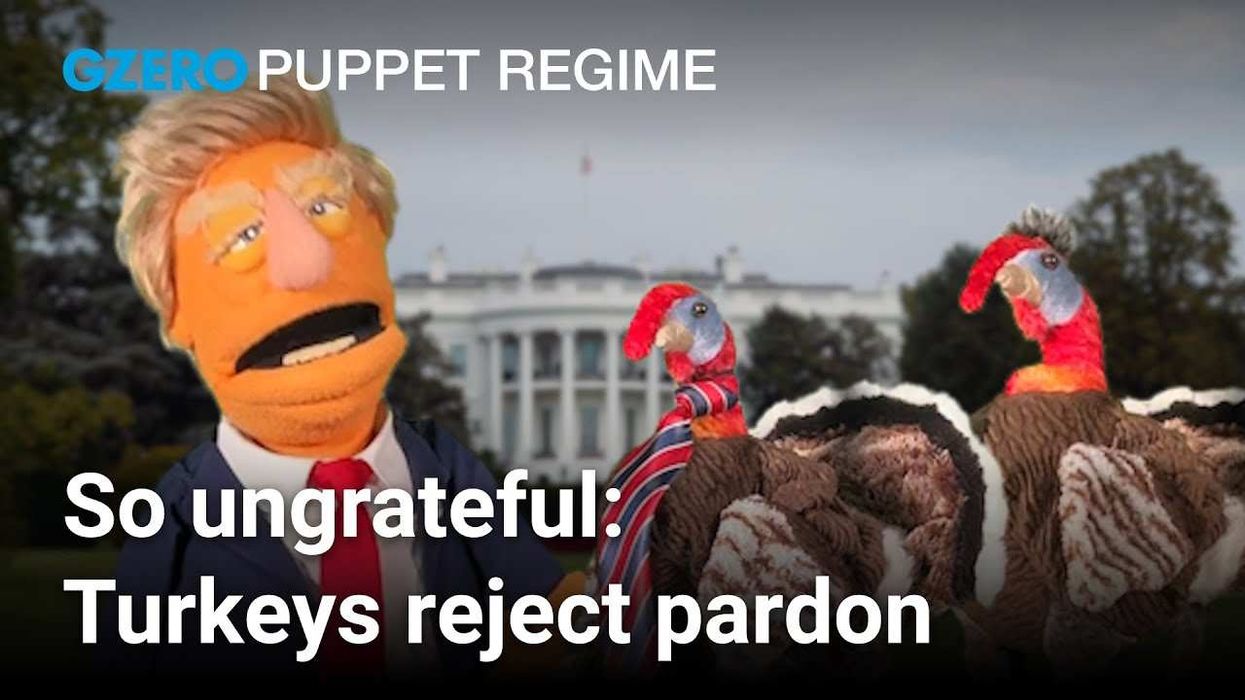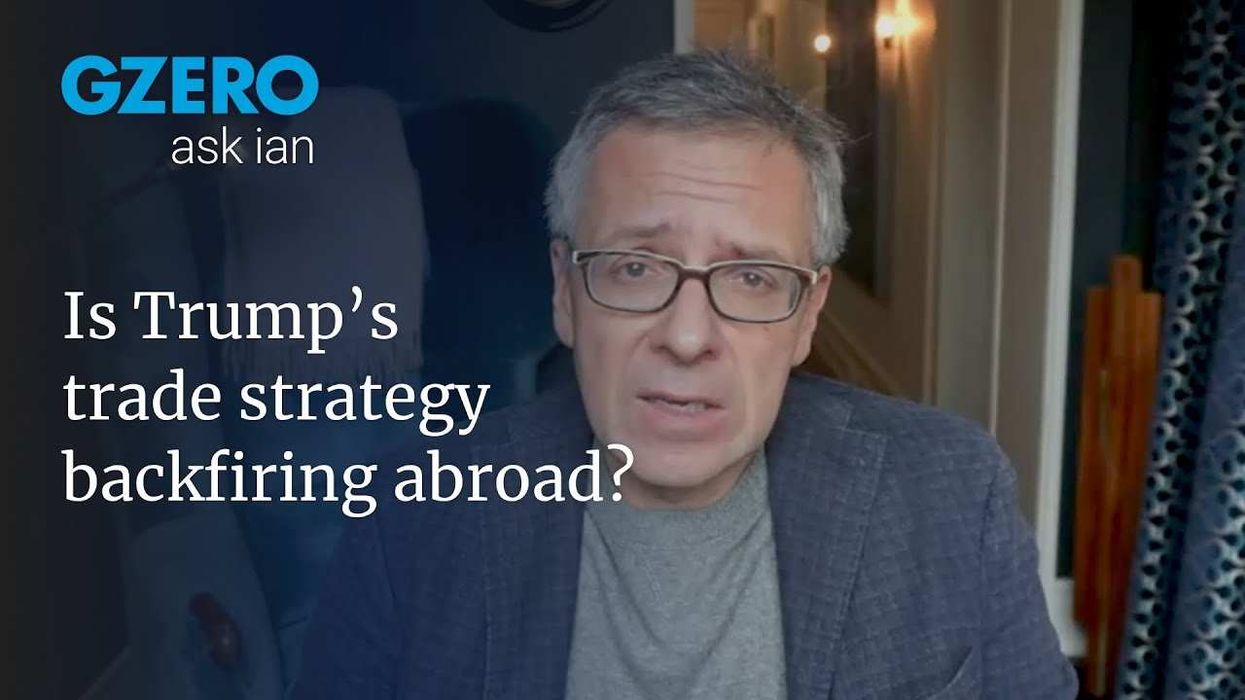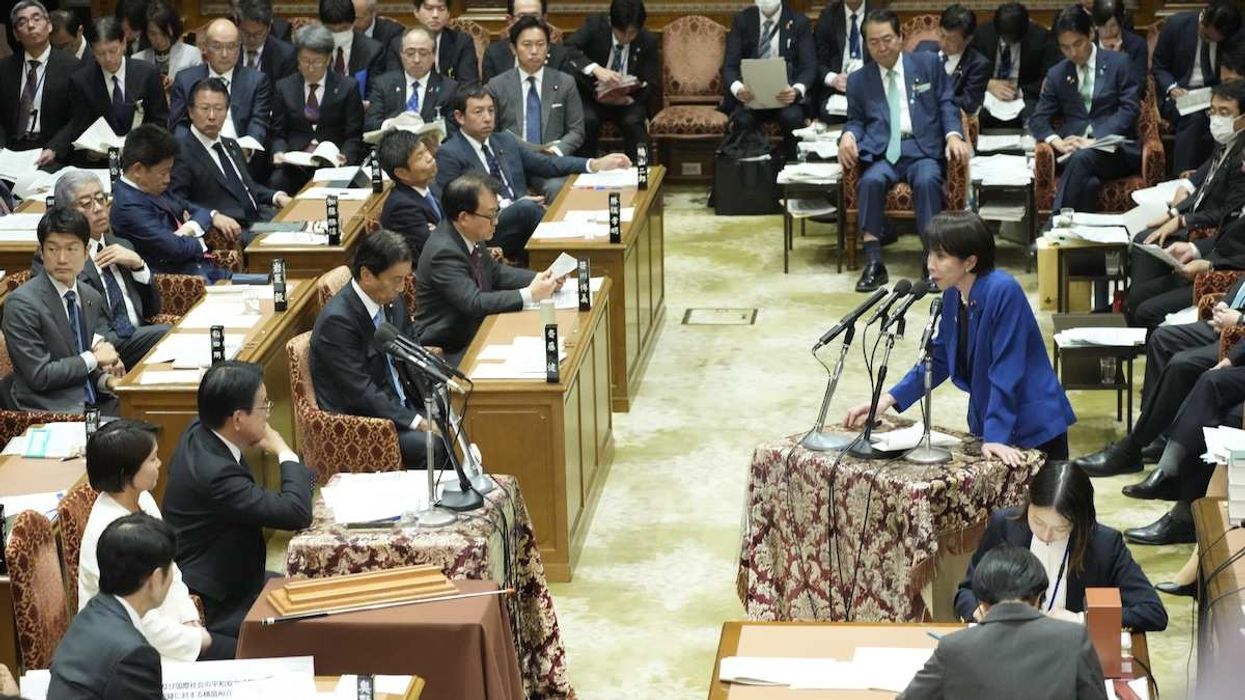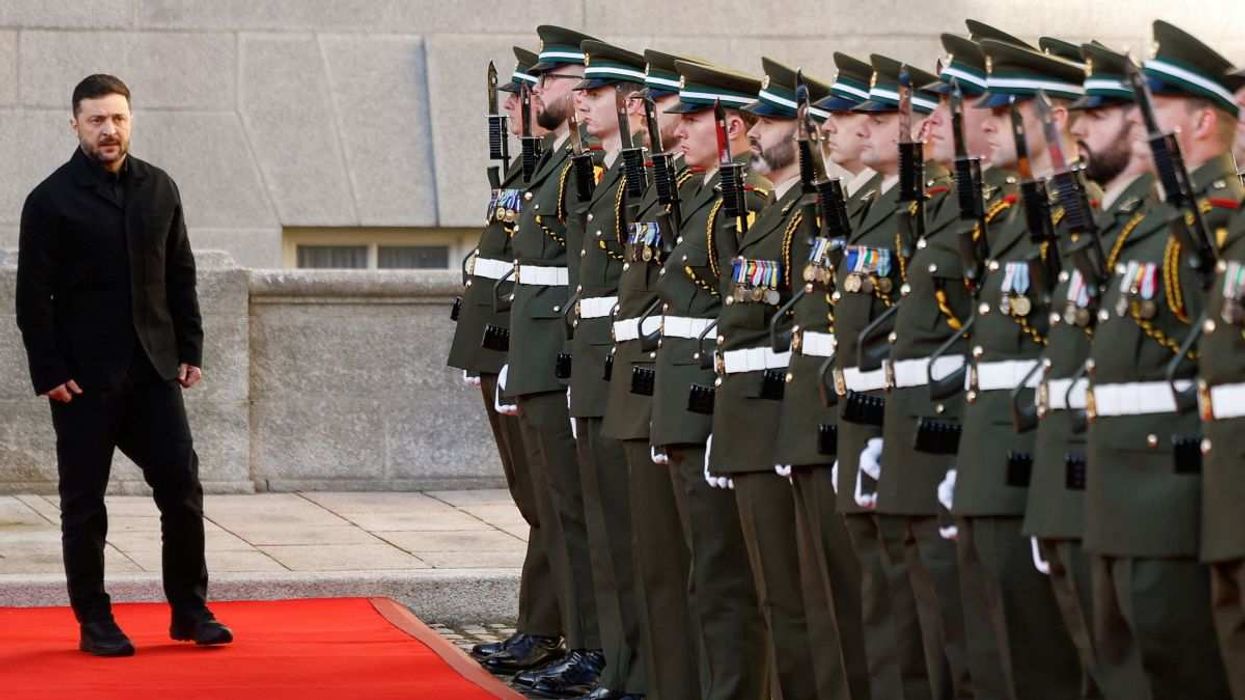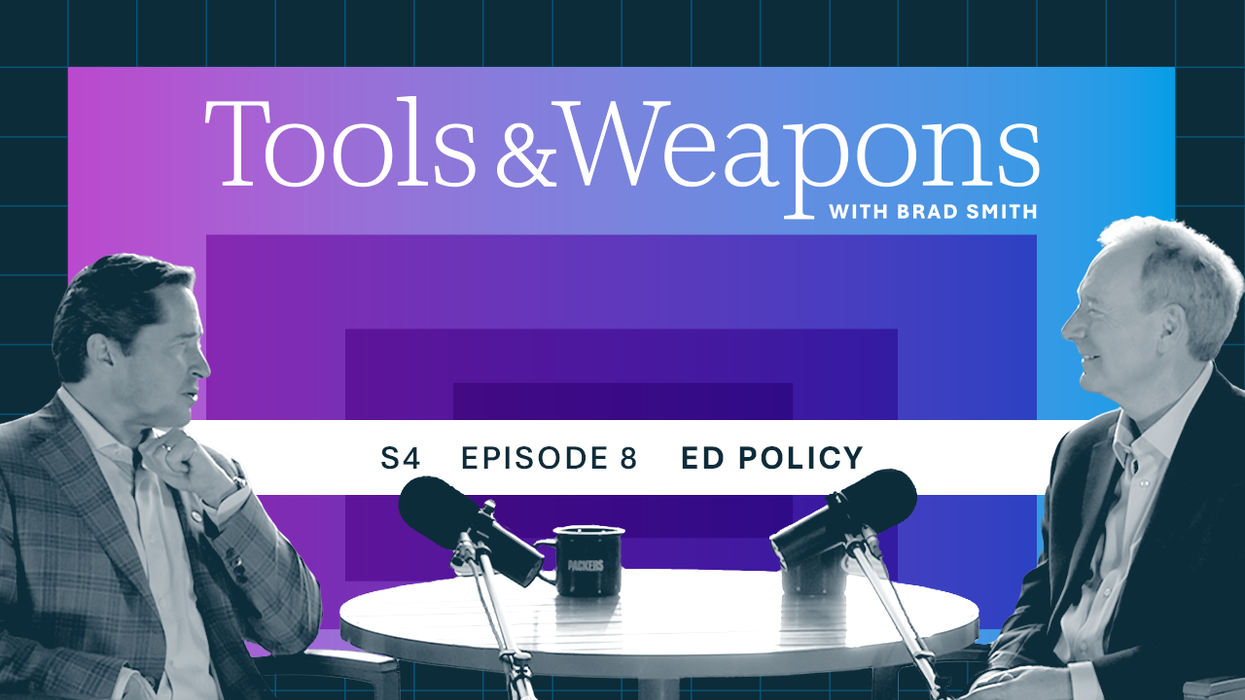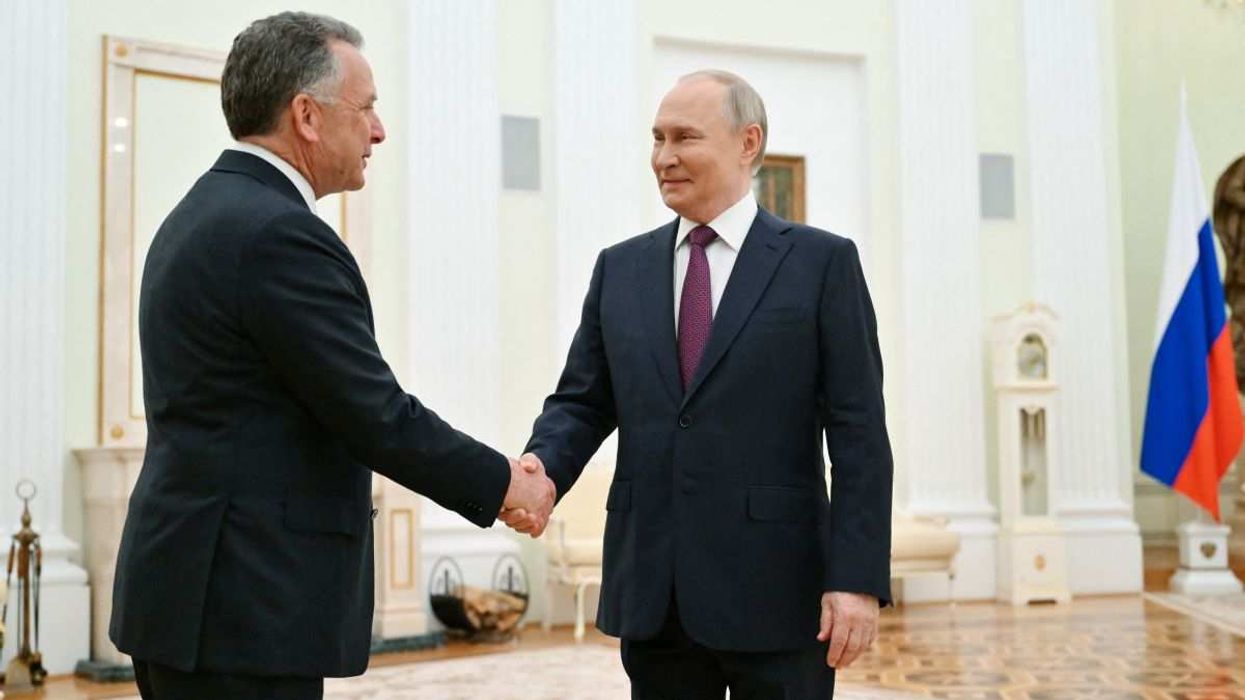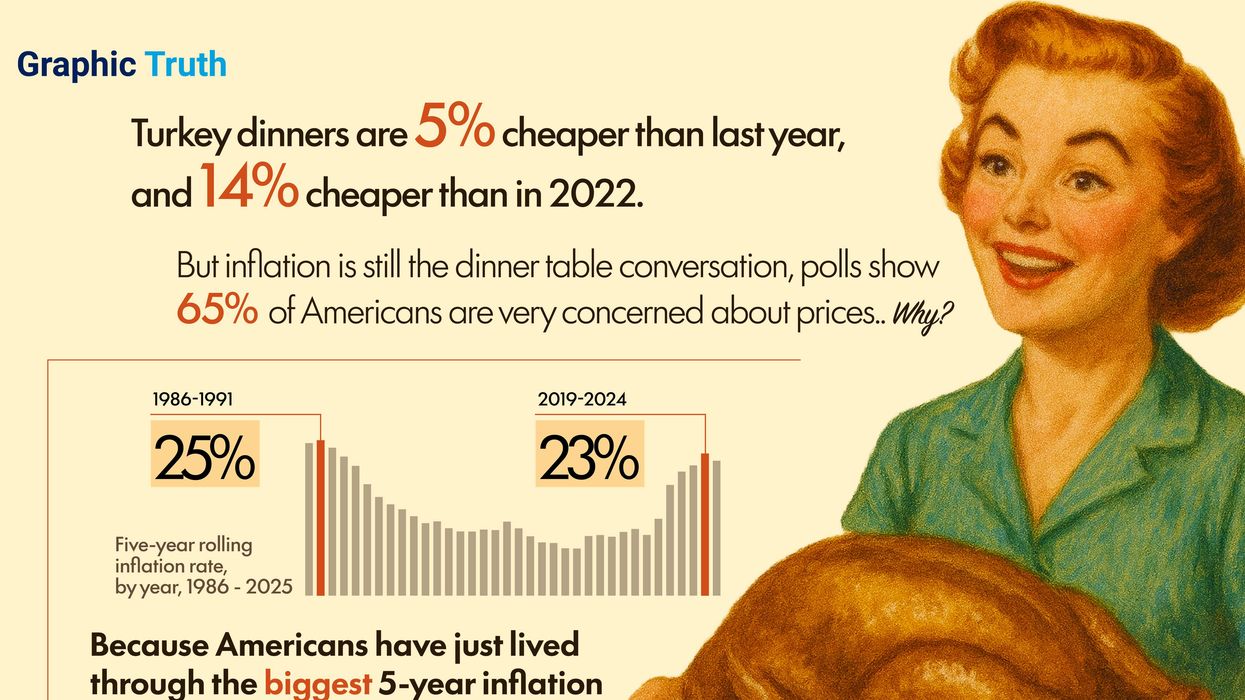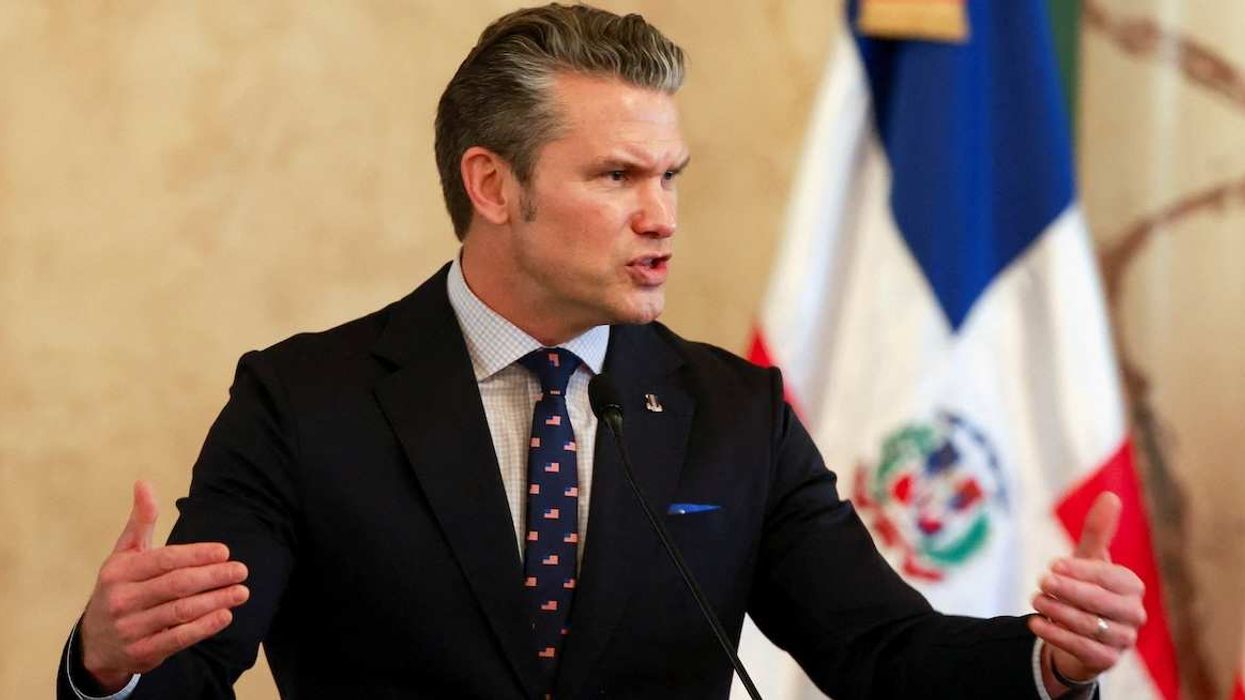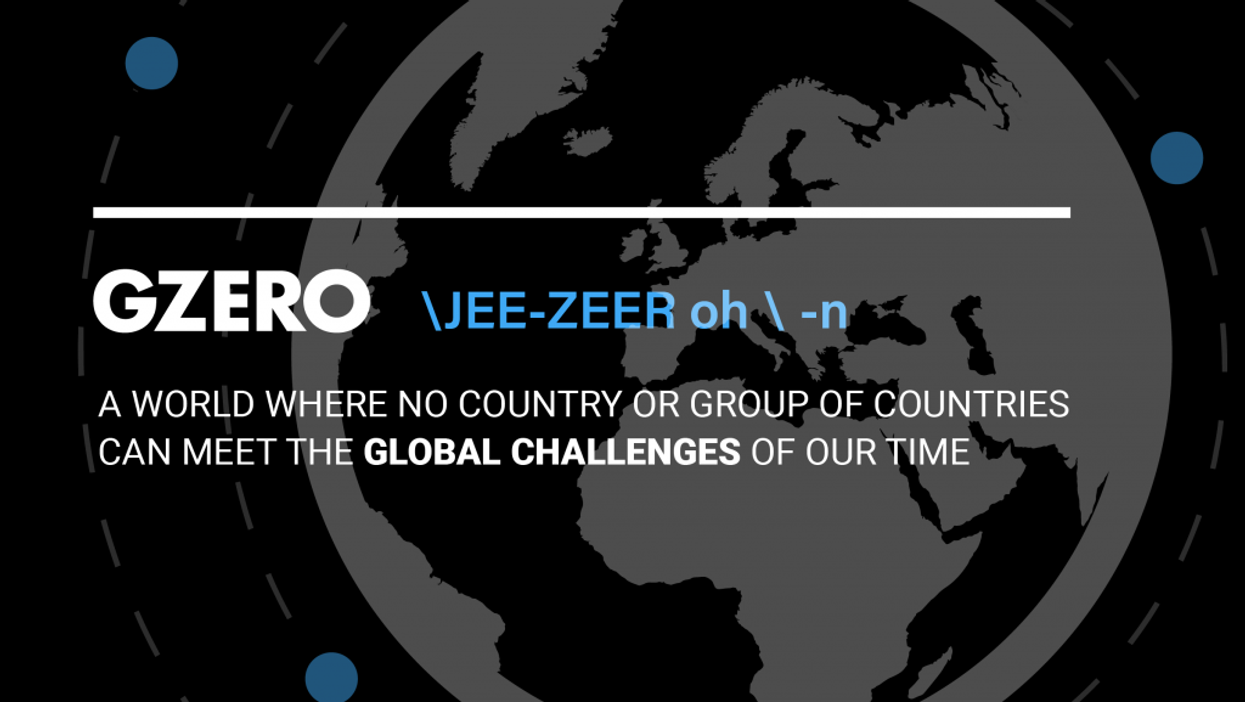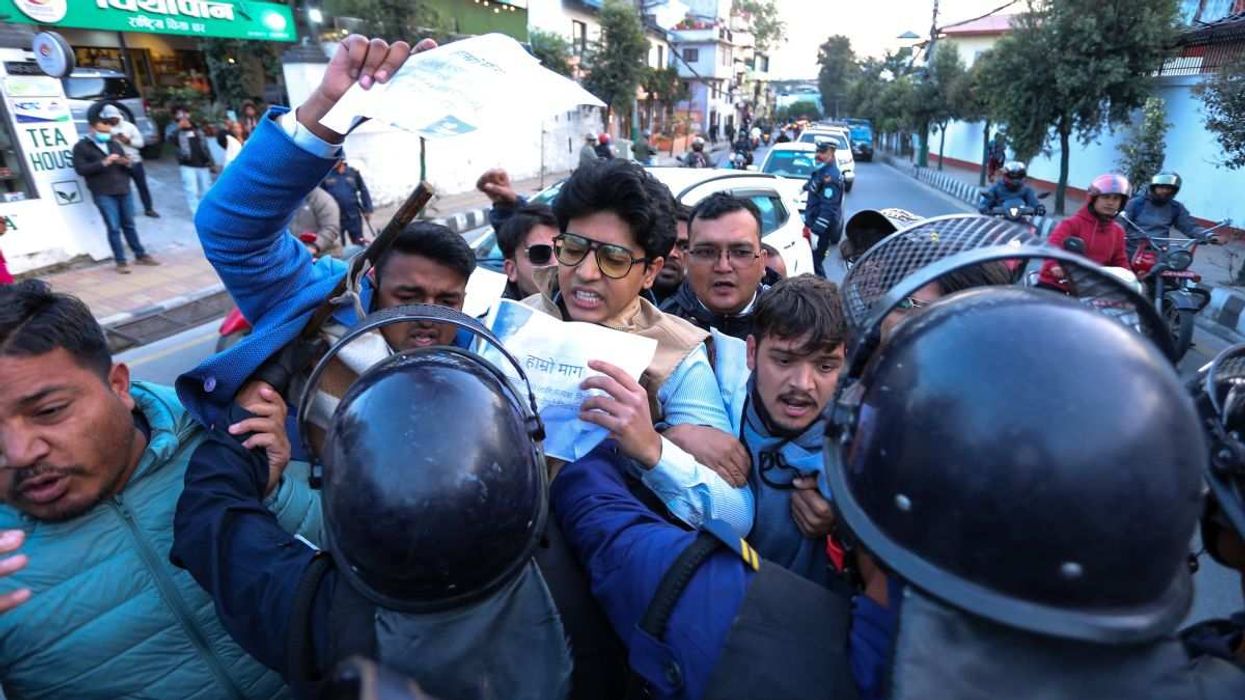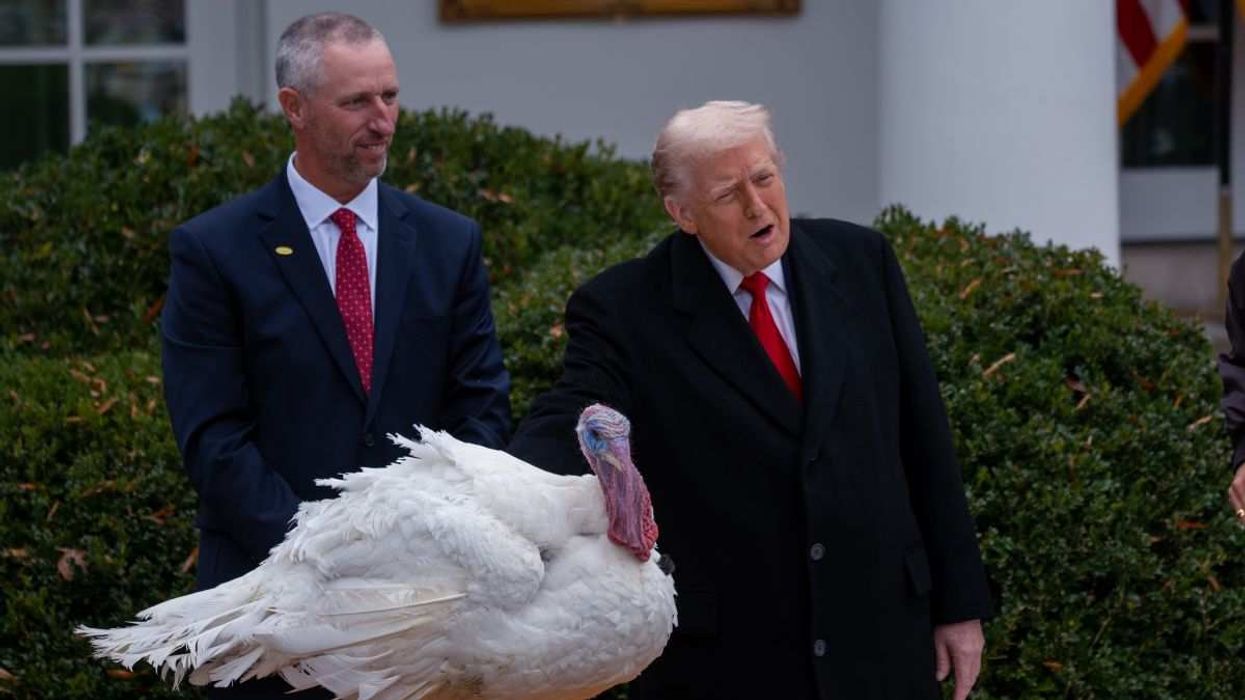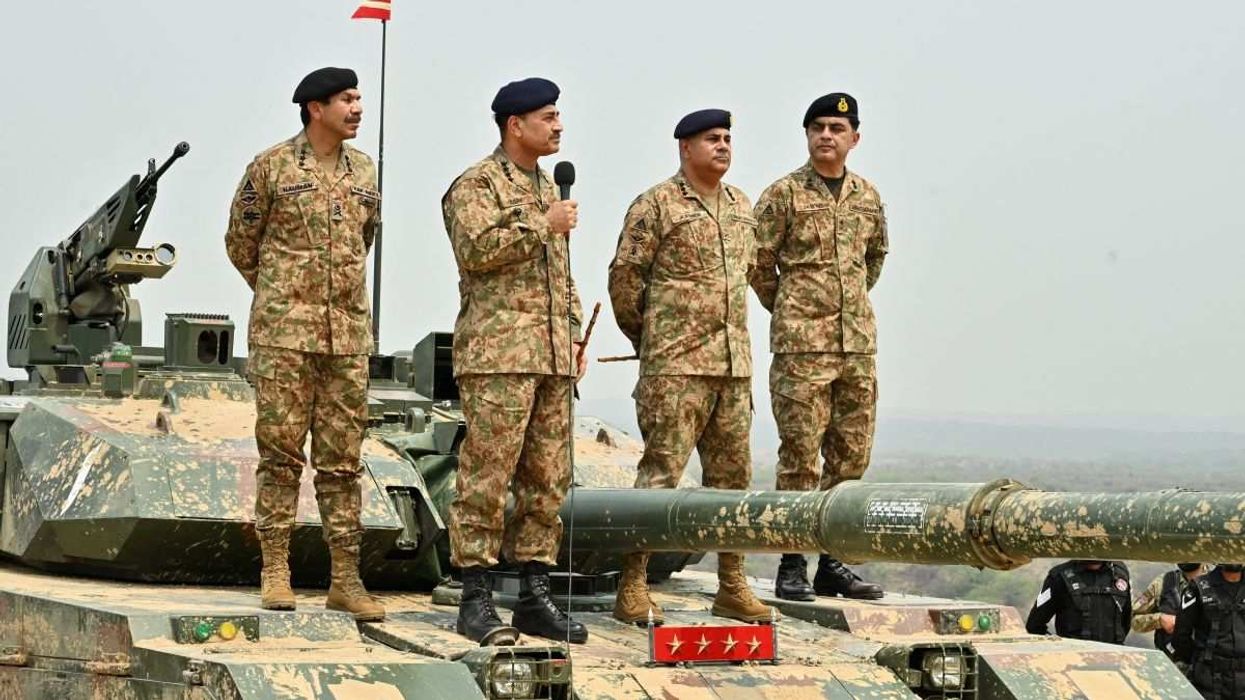It’s been 18 days since India and Pakistan announced a ceasefire which ended the clashes that had killed dozens on either side of the de facto border in Kashmir. But while the guns are silent, the two arch rivals are still locked in a war of words, with each dispatching officials abroad to shape the narrative.
What’s happened since the ceasefire? The physical fighting – which erupted after a terror attack in Indian-controlled Kashmir that New Delhi blamed on Pakistan – has mostly paused. There were reports of violence in the immediate aftermath of the announcement, but neither government was fazed – they each stood by the ceasefire.
Even so, India-Pakistan relations have dropped to a new nadir, punctuated by New Delhi’s refusal to reinstate the Indus Waters Treaty. The pact outlines how each country can use reserves from the Indus river – without it, Pakistan is at risk of losing access, in the long run, to virtually its only water source. Signed in 1960, the agreement has survived several rounds of conflicts between these warring neighbors – including ones worse than this latest flare up – yet there are no signs that it will be patched back together this time.
“Pakistan will not be given the water which is rightfully India’s,” Indian Prime Minister Narendra Modi said last week, dampening Pakistan’s hopes of maintaining unfiltered access to a river basin that waters 90% of its crops.
So why the foreign missions? Islamabad is highlighting the importance of its own security, adding that it wants to ensure long-term peace and renew the water treaty. It seeks to pile the blame on New Delhi.
Modi’s crew rebukes these claims, and reiterates its belief that the Pakistani government has boosted terrorist groups in the area – the Indian prime minister said on Tuesday that this terrorism has been a part of Pakistan’s strategy since the country’s inception.
Who are India and Pakistan making their cases to? India is flooding the zone (shoutout, Stephen Miller), sending parliamentary delegations to 33 countries, including a raft of European heavyweights like Germany and Russia. Pakistan is being a little more selective: Prime Minister Shehbaz Sharif visited Turkey – a close ally – on Sunday, while his deputy was in China last week.
Pakistan’s Trump card. Given his disparaging comments about Pakistan during his first term, US President Donald Trump’s return to office wasn’t expected to be a boon for Islamabad. Yet he has changed his tune, striking a more diplomatic tone between the two South Asian nuclear powers when the US has previously sided more with India over China-backed Pakistan.
It also just so happens a Trump family-backed business inked a crypto deal with Pakistan. Maybe that was just a coincidence. Either way, India isn’t pleased – which may explain its decision to barnstorm across Europe in search of non-US support.
Could the fighting recommence? It’s not outside the realm of possibility, if the rhetoric is any indicator. Modi wasn’t exactly conciliatory during an address on Monday, when he told Pakistanis to “eat bread peacefully, or else my bullet is there.” Pakistan hardly seems to be backing down, either: army leader Asim Munir, an influential figure who emphasizes sectarian differences, just had his term extended from three to five years, in a move that suggests further skirmishes could ensue.
So why the big messaging offensive? Does someone just want the air miles? It’s not clear if the diplomatic press is meant to engage global powers in mediation, or if it’s to line up backers in anticipation of another bout of flighting. Either way, neither side seems keen for all-out war nor a long-lasting peace – it looks instead like they want the Goldilocks scenario between the two.

